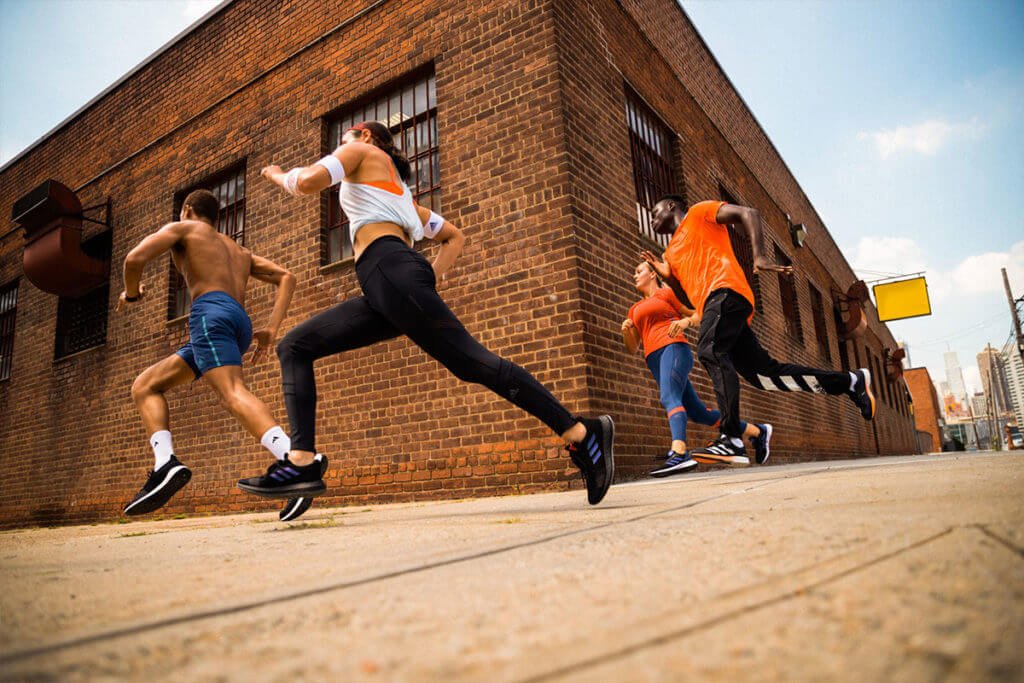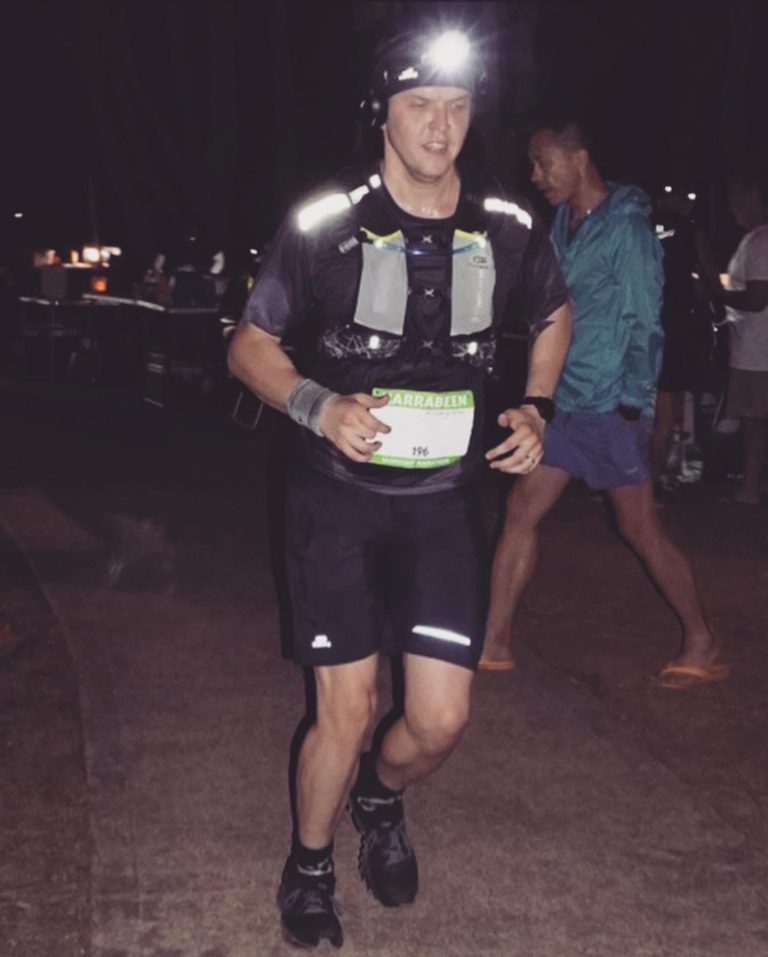Running in the heat is a tricky feat, especially in tropical countries.
Not everyone has the luxury of running indoors on their treadmill, or even the luxury of choosing to run at night. Sometimes, you are left with no choice but to train in the day, even with the hot weather.
However, the mental health benefits of running outdoors are so amazing that you probably already want to do this.
Running in the day is not all bad, though. It’ll get your body temperature up so that you don’t shock your muscles too much. Certain times of the day also have benefits that other times do not. Sometimes, too, races are done in the heat. You have to learn how to cope with these weather conditions in order to give your optimal performance.
You have to remember certain things when running in humidity, though, as you’re more prone to adverse effects such as headaches and sunburns. These might seem like little things but in the middle of the race, the effects are felt exponentially.
Running in humidity is one of the most important times to listen carefully to your body. Now, more than ever, your body will surely give you signs when you need to stop, and you have to listen.
What are those signs, though, and what can we do to prevent them? Here are some tips to help you give your best performance in the heat.
1. Less is More With Clothes
An obvious way to beat the heat is to lessen the amount of coverage on your skin! This will provide you more airflow and let your skin breathe a little bit. Go for sports bras or shirtless, or whatever you feel comfortable doing!
A downside to this is that your skin would be exposed to the harmful rays of the sun, which can be easily solved by using UV protection gear, which we’ll be talking about later.
If you’re not comfortable with showing too much skin, loose-fitting clothes work too. Racerback tank tops, for example, have holes in their backs that can increase airflow.

You might also want to look for clothes that are moisture-wicking. The best way to check if your clothes are moisture-wicking is to take a drop of water and place it on the inside of the fabric. If it beads up, that’s a sign that your clothes aren’t moisture-wicking and will probably lock the moisture on your skin.
If the water spreads out and absorbs immediately, though, you’ll know that the clothing can instantly wick away sweat.
If that’s not a great option, especially if you’re shopping online, looking at the material works too. Most athletic clothes will have three types of materials: polyester, nylon, and elastane (or spandex). Let’s talk about them one by one.
Polyester is known to be a very strong material as its fibers are not easily torn apart. Its lightweight quality is also what makes it great for athletic wear along with its low costs. It’s also a fabric known to be moisture-wicking.
Sometimes, your athletic brand will throw in a mix of nylon, which strengthens the fabric even more as nylon is stronger than polyester. These qualities, along with elastane or spandex, will make for a strong but stretchable fabric, making your runs more breathable and comfortable even in the heat.
Heck, you don’t need more than running shoes and shorts (and a tank top if you’re a lady) to get started!
2. Ensure You Have UV Protection
Although the best way to protect your skin is by wearing clothes, in hot weather, it’s not the most ideal thing to do. Wearing a turtleneck and long sleeves isn’t really the best thing to do when you see people sweating in tank tops.
Instead of covering yourself up from head to toe, we can use other methods to protect your skin from the harmful rays of the sun. Before that, let’s talk about why UV protection is important.
UV radiation is a form of electromagnetic radiation (or simply energy) that travels from the sun (among other man-made sources) through rays.
Among the 3 types of UV rays, two of them affect us: UVA and UVB. UVB has more energy than UVA, and although UVB can directly damage skin cells and are attributed to be the cause of most skin cancers, both can age your skin cells and cause skin damage such as wrinkles.
UV protection, therefore, does not only make your skin look young and fresh, but it also keeps it healthy. However, your skin isn’t the only organ that needs protection; your eyes do, too, as UV rays can damage your eyes and eventually impair your vision.
The most obvious way to protect your skin from the harmful UV rays is sunscreen. Even if you aren’t running, you should make it a habit to put on sunscreen every day.
You usually see different SPF levels on different brands. SPF, or Sun Protection Factor, is not a measurement of how much UV rays the sunscreen blocks. It’s a description of how long it will protect your skin based on how quickly your skin burns.
If it takes your skin 10 minutes to redden, an SPF 15 sunscreen will delay that for 150 minutes, and an SPF 30 sunscreen will do so for 300 minutes.
The best SPF, according to dermatologists, would be SPF 15 and SPF 30; higher than that wouldn’t be that much more effective, and my guess is that it’s because your sunscreen would have already dissolved after the duration it claims to protect your skin. This is why we should reapply sunscreen every two hours or so.
Although these are great measures, it’s still quite undeniable that clothing is more effective than sunscreen as it stays on and doesn’t disintegrate as soon as your sweat starts dripping. This is why it’s also a great idea to invest in running hats.
Clothing uses a different measurement of protection called UPF, or Ultraviolet Protection Factor. This is a measure of how much UV rays are allowed in through the fabric. A UPF 50 fabric, the usual fabric you’ll see on the tags of your athletic clothing, will allow 1/50 or 2 percent of UV rays to get in, which is a great decrease!
Running hats not only protects your face and eyes from the harmful UVA and UVB rays but it also absorbs sweat to prevent the beads from dripping down your face! Moisture-wicking materials such as those mentioned earlier (i.e. polyester and nylon) would be great for running hats. You could also opt for high UV protection sunglasses like many other runners do.
3. Hydration
The worst thing that can happen while going on a run on a sunny day is dehydration. It causes a lot of things to happen, including inducing migraines and eventually decreasing your ability to give your best.
Make sure you hydrate before you even go on a run. Water is always a great choice, but you can increase your ability to stay hydrated during long and tedious runs by going for drinks with electrolytes.
Electrolytes are electrically charged minerals when in water and, when ingested, can help with different bodily functions, such as controlling fluid balance and contracting muscles. These are both essential not only to running but to any exercise.
You’ve probably heard of this in your energy drinks, and that’s for good reason. Sports drinks are great if you’re exercising for over an hour, if you sweat a lot, or if you’re doing so in hot weather. Sometimes, you might be doing all 3.
Water loss can decrease your strength and thus distract you from having the correct form or finishing your planned mile count. Although sports drinks are great for replenishing lost water due to sweat, be wary of the sugar content.
You can also invest in gear that will help you carry your water with you, such as hydration packs.
4. Time Of The Day Counts
Don’t underestimate the when’s of your runs! If it’s summertime, you might want to try exercising at night. Safety might be a concern though, along with the fact that it might be harder to sleep when you exercise at night.
The best time could be around 4 – 7 pm, as this is the time your body temperature has risen and your body has already warmed up for your long runs. It also won’t be as hot during this time. Another great time would be during the early morning.
5. Rest, and Reset
It might sound like a crazy concept to you, but you can take a rest day. No one can control the weather, and when it’s scorching hot, no one will blame you for staying in and protecting yourself. If you’re prone to illnesses due to the weather, such as having migraines in heat, then maybe it’s best to take a day off on those particularly hot days.
Final Word From Us
Running in humidity is not the most fun thing to do. Sometimes, it’ll feel like running through molasses, and the heat tends to make your workouts and runs ten times harder. However, by utilizing the right tools and gear and incorporating these tips into your running routine, you might just be able to beat the heat!

Marko Rakic is a trail runner and fitness enthusiast from Sydney, Australia. He is the lead writer for The Ultimate Primate and believes the best way to live a happy life is through constantly challenging yourself.
